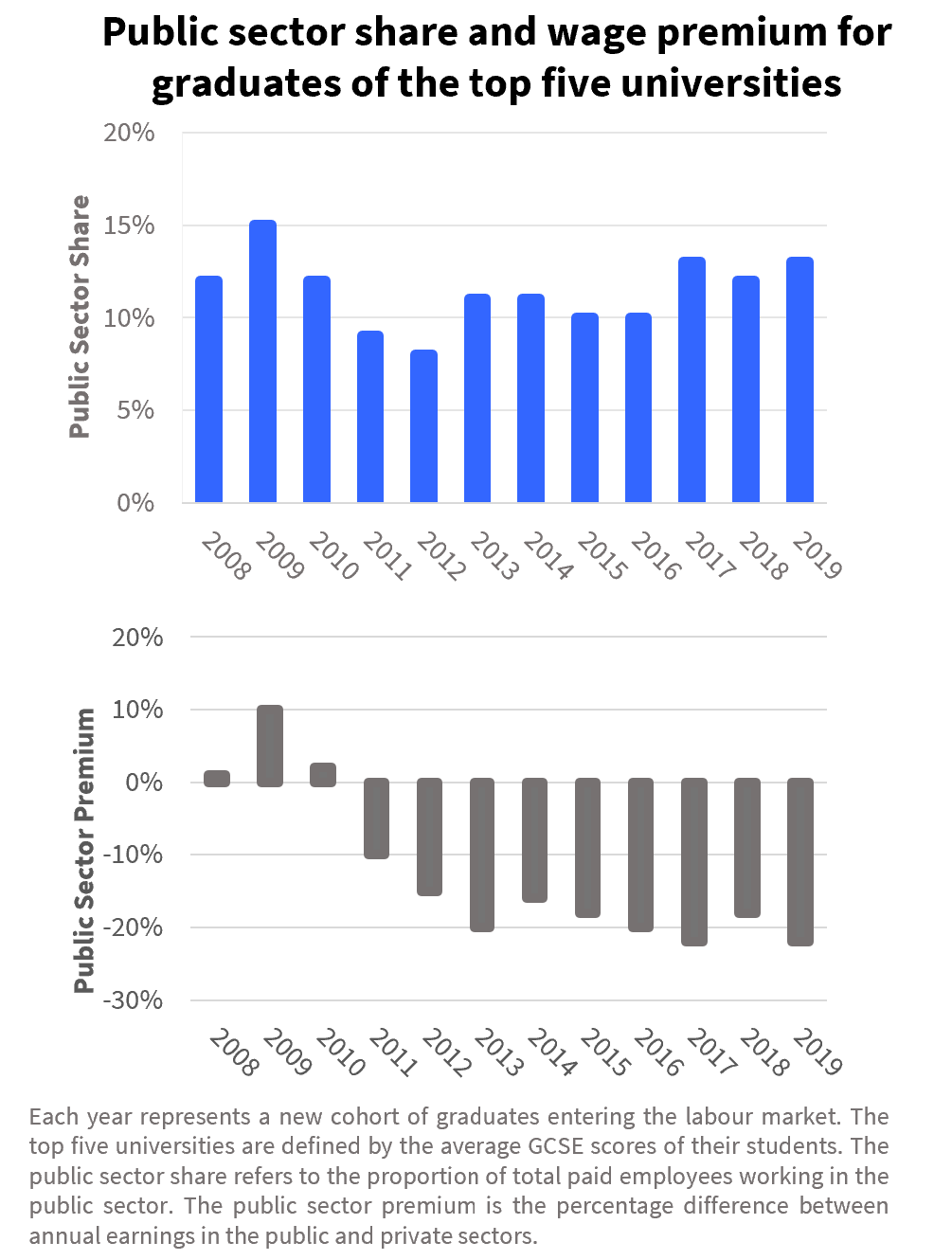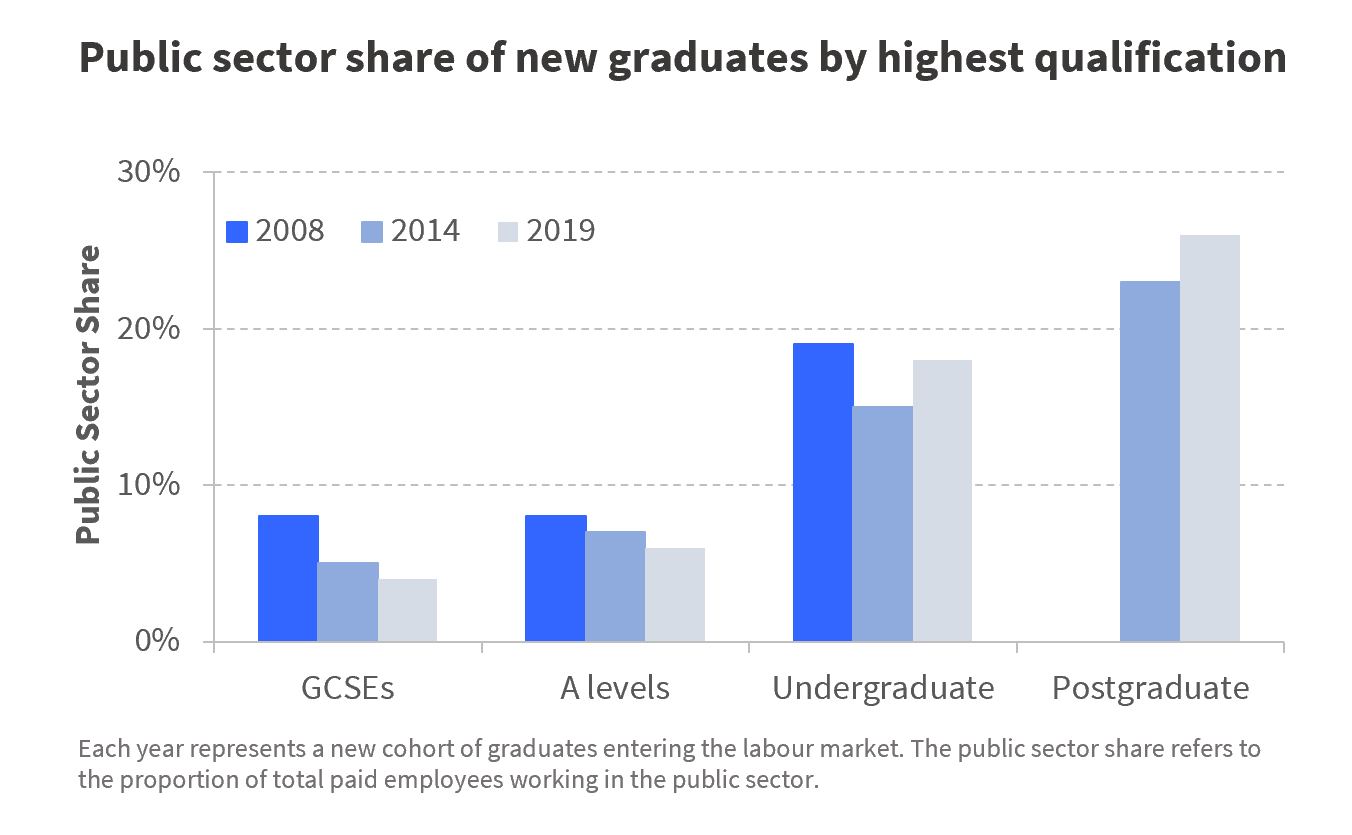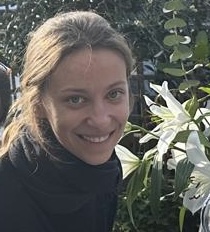Who enters the public sector? A cohort analysis of sectoral choice
What is this research about and why did you do it?
Public sector pay growth in the United Kingdom has lagged behind the private sector over the past 15 years, raising concerns about recruitment and retention.
Yet evidence on who enters public sector jobs across generations has remained limited, largely due to data constraints. In this research, we draw on new administrative data to document how the probability of entering public sector work has evolved, both across education groups and across different areas of the public sector.
How did you answer this question?
This research exploits a new linkage between departmental databases, combining records on all pupils educated in England with university records and data on their subsequent careers. Focusing on cohorts of new labour market entrants, we examine how sectoral choices have evolved over time, across multiple measures of education:highest qualification, institution attended and grade.
What did you find?
Between 2008 and 2019, the public sector became a less common first employment destination for those with lower levels of education, and a more common one for the most educated. The changes unfolded in two phases: a decline in public sector entry from 2009 to 2014, followed by a recovery between 2015 and 2019. In both periods, a clear educational gradient emerged: the decline was sharpest among non-graduates and graduates from lower-ranked universities, while the recovery was concentrated among those with first-class or postgraduate degrees and graduates of top-ranked universities. Breakdowns by discipline and by destination within the public sector indicate that these patterns reflect both shifts in funding across services and rising educational requirements.


What implications does this have for the study (research and teaching) of wealth concentration or economic inequality?
This research links to economic inequality in two ways. First, because public sector jobs pay more on average than comparable private sector jobs, changes in the sector’s size or share of employment influence overall inequality. Second, because public sector jobs tend to offer greater stability, a shrinking sector—or one that increasingly recruits the highly educated—diminishes job security among the less educated.
What are the next steps in your agenda?
The research to date has focused on documenting trends in sectoral choice; the next step is to investigate their underlying drivers. In particular, why do graduates with advanced qualifications and from top universities continue to enter the public sector despite declining earnings relative to the private sector? The analysis will examine whether this pattern reflects the impact of austerity-related budget cuts or the availability of alternative career paths in the private sector. It will also quantify the implications for inequality and for the public sector’s role as an employment insurer.
Citation and related resources
Nibloe, M and Bismarck-Osten, C. von, (2025) "Who enters the public sector? A cohort analysis of sectoral choice" Institute for Fiscal Studies, 25/32.





